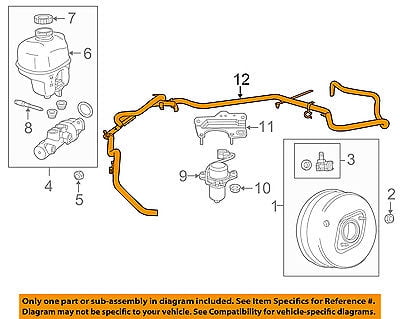


The engine control unit controls all the car’s sensors all the time while you are driving your car. RELATED: 10 Causes of a Car Losing Power When Accelerating 4. There are a lot of other things that can cause slow acceleration, so always make a proper diagnosis before replacing parts. You can feel it like the engine is trying to speed up, but something is holding it back. Rough/Slow AccelerationĪ vacuum leak will often result in rough or slow acceleration because the engine will get the wrong air/fuel ratio when uncalculated air is entering or leaving the engine.Ī vacuum leak normally results in a lean mixture, and a lean mixture often results in slow acceleration. This is why you will, in many cases, experience a high engine idle RPM as one of the most common vacuum leak symptoms. If you have a vacuum leak, it will allow more air to enter the engine, allowing it to rev up. You have vacuum pressure in the intake manifold on idle because the throttle body is restricting the engine from revving up. It can also be because the air-fuel mixture is out of balance as a result of the vacuum leak. If you have a major vacuum leak, the throttle body will have a problem trying to control it, resulting in strange idle symptoms. This is mainly because the throttle body is trying to hold a stable idle by opening and closing the throttle valve. Therefore, it is no surprise that rough idle will be one of the strongest vacuum leak symptoms. The car engine is most sensitive to problems at idle.

Here is a more detailed list of the signs of a vacuum leak to look for: 1. Therefore, a vacuum leak causes a lot of different symptoms. The engine is very sensitive to calculating the air entering the engine, to calculate the right air-fuel mixture. The main symptoms of a vacuum leak include:


 0 kommentar(er)
0 kommentar(er)
